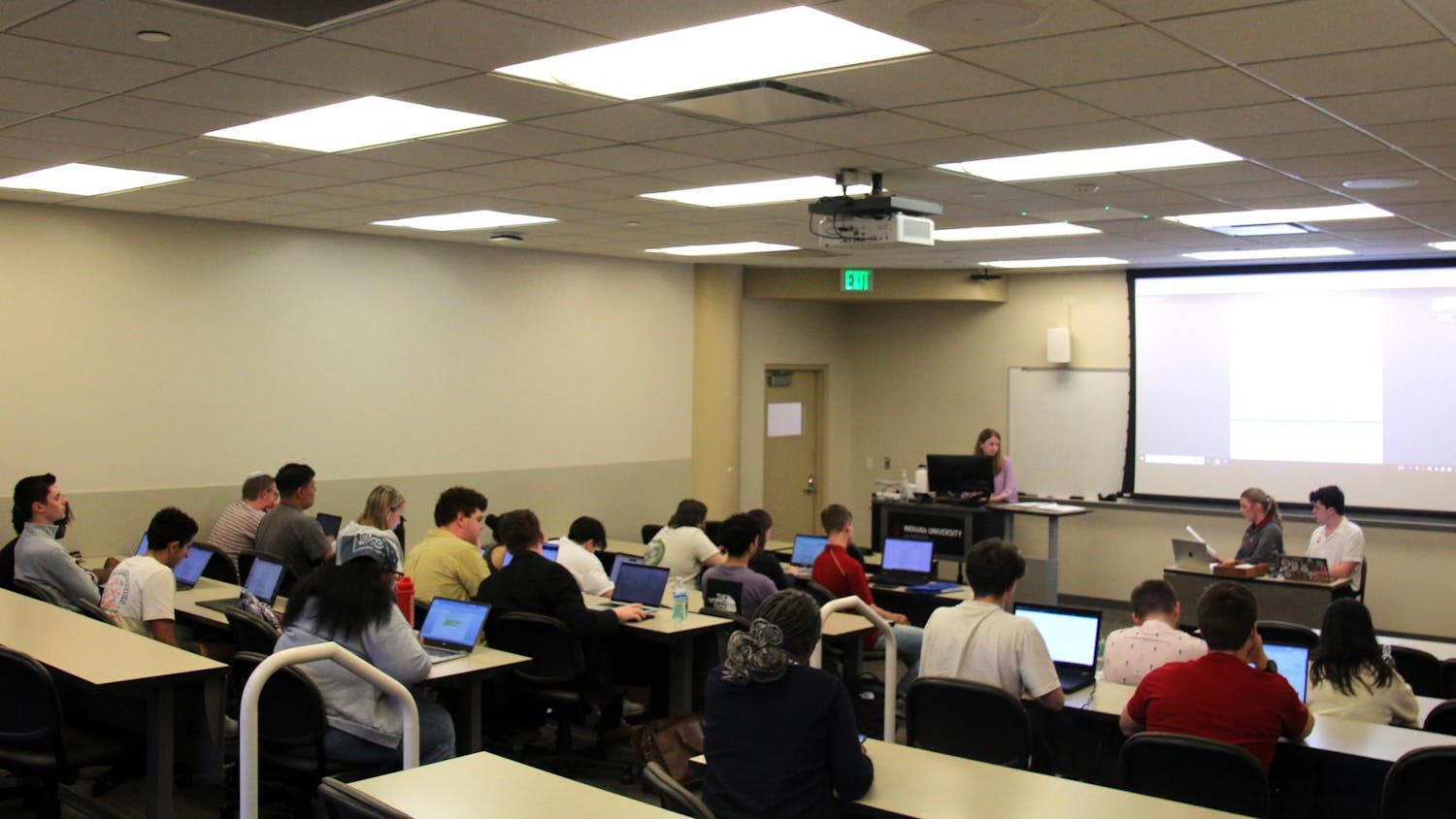This will be the 15th Holland lecture. The memorial lecture was created in 2000 in memory of faculty member James Holland, according to an IU release.
Espinosa will be speaking on the p53 gene network, which is a group of distinctly functioning gene modules mediating varied cellular responses to stress, according to the University. P53 is nicknamed the “guardian of the genome” as it repairs damaged DNA and also triggers cell death in precancerous cells.
The gene network has been studied extensively, as p53 has been shown to be inactivated in nearly all human cancers. Half of all cancers actually circumvent p53’s protective mechanisms by the over-expression of the inhibitory proteins MDM2 and MDMX, according to the University. MDM2 inhibitors are currently through phase one human trials and successfully activate p53, but they only kill about one in 20 ?tumors.
“Why do some cell types survive whereas others die upon p53 activation?” Espinosa said in the release. “What else is happening in these cancer cells that allow them to evade p53? The answer is in the downstream effects of p53. It doesn’t act against cancer alone but rather is the master switch that sets in motion a ?cascade of genetic events that lead to the destruction of cancer cells.”
Espinosa uses the analogy of a bucket filled with water in comparison to a dripping faucet in order to illustrate a new genomics technique his lab uses. The technique, called Global Run-On sequencing, helped him and his team look at the changes in gene expression produced by p53, according to the University.
“To measure the activity of a gene, we usually measure the RNA produced from such gene,” Espinosa said in the release. “However, measuring overall RNA levels is like looking in a huge bucket full of water: You see the water, but you don’t really know where it came from. And imagine you are dripping water into this bucket. It takes a long time for those drips to create a measurable change in the overall water level.”
However, it’s hard to know if an increase in RNA is a direct effect of a gene or if an increase of RNA in the water bucket is a product of two- or even three-steps-removed signaling, according to the University.
“Instead, to identify the direct genetic targets of p53, we used Global Run-On Sequencing to measure not the water in the bucket, but the faucet dripping into it,” Espinosa said in the ?release.
Kathrine Schulze





